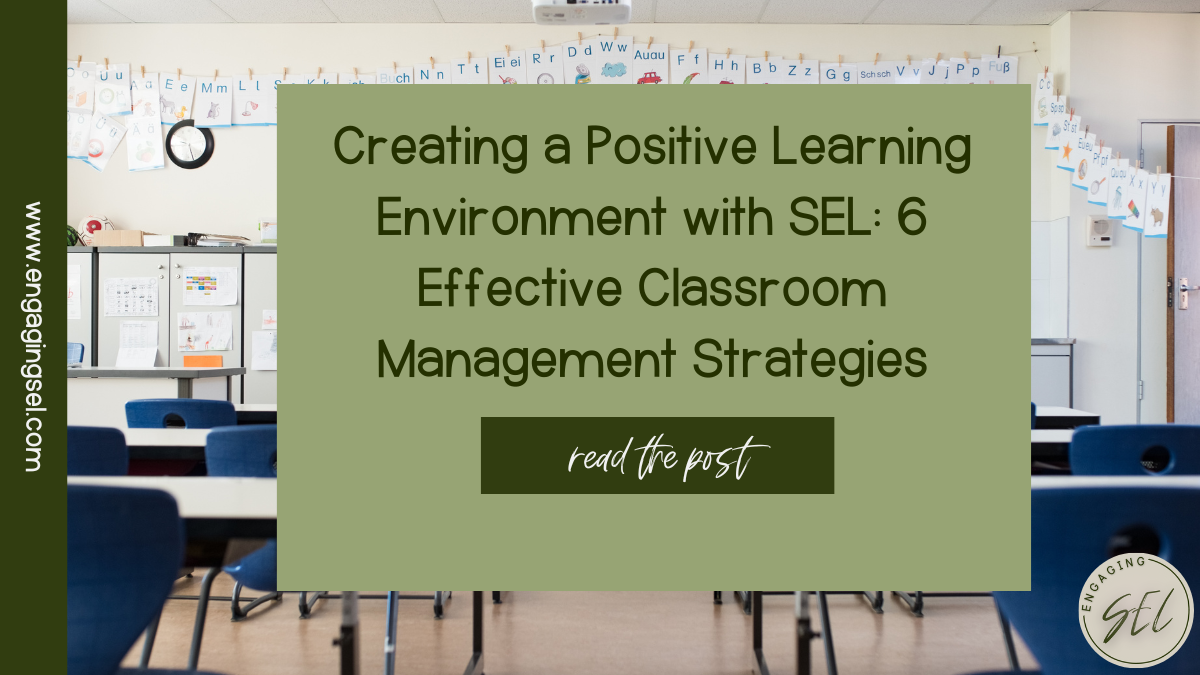
Classroom management is essential for a teacher to be effective and be able to teach the students. However, student behaviors can be a major barrier to learning in the classroom. When students have big feelings, engage in disruptive behaviors, or need extra social-emotional support, it can take away from the learning time. Here’s where incorporating social-emotional learning can help. Integrating Social Emotional Learning (SEL) into classroom management practices can transform the classroom into a space where students learn to manage their emotions, build strong relationships, and make responsible decisions. This blog post explores how social-emotional learning can support your classroom management skills with effective strategies to get you the classroom of your dreams.
Establish Clear Expectations
Setting clear expectations for students and sticking to them helps them know what to expect in your classroom. Positive Action suggests involving students in creating class norms or expectations to give students a sense of ownership and responsibility in the classroom. Discuss with students why the expectations are important and why students need to follow them to increase empathy and cooperation. Showing students that each one has a responsibility to create a positive learning environment builds a respectful, responsible classroom community.
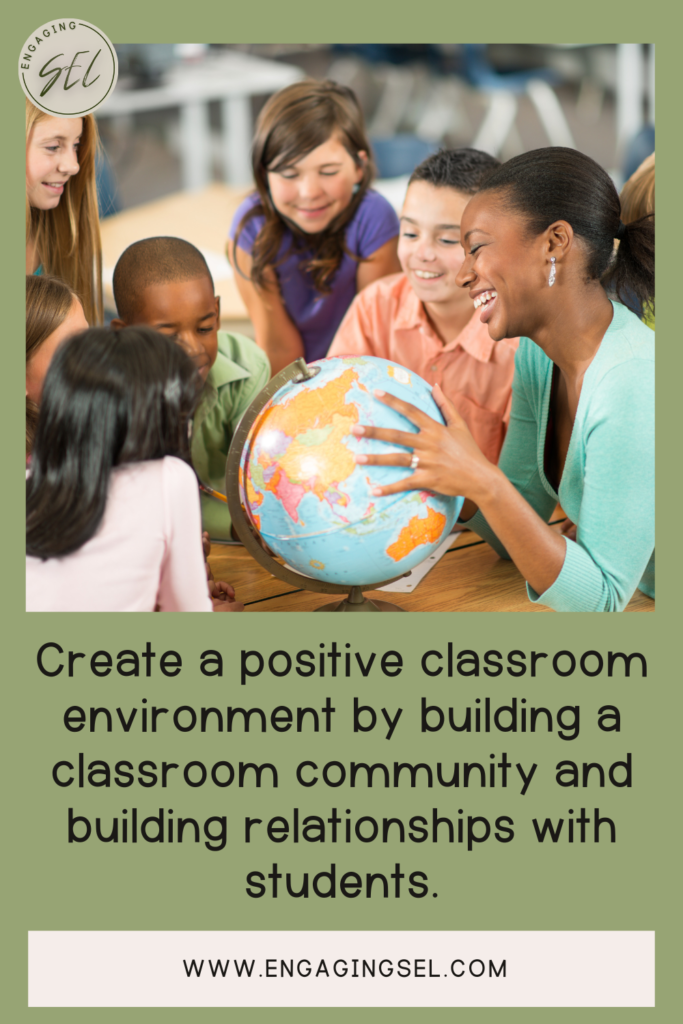
Create a Safe Inclusive Environment
A safe, inclusive classroom is essential for effective classroom management and social-emotional learning. All students deserve a place where they feel valued and respected and only then will learning happen. Give students a voice in the classroom and have them help make decisions to support a sense of belonging. Use a calm-down space or area to provide students with a safe place to process big emotions or decrease stress. Learn more about starting a calm-down area in your classroom here.
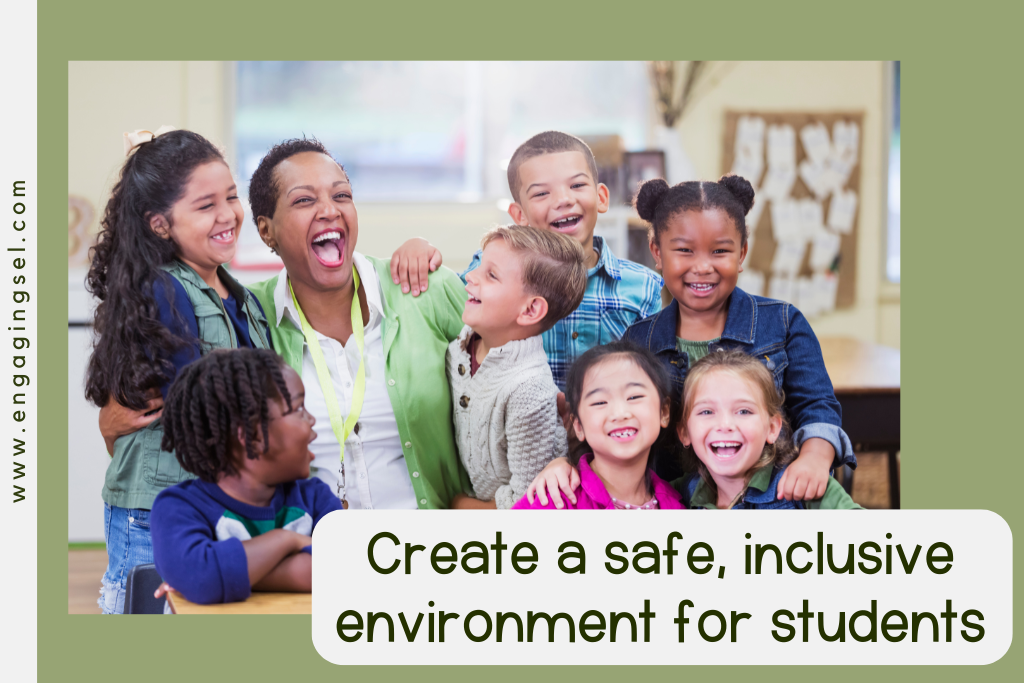
Use Positive Reinforcement and Constructive Feedback
Recognize and celebrate students when they demonstrate positive skills such as managing emotions, demonstrating empathy toward a classmate, or using communication skills. Positive reinforcement can help students make better choices. Giving feedback to students and explaining the consequences of their actions helps them understand the impacts of their behavior and that their actions affect others. This builds self-awareness, empathy, and understanding.
Teach Conflict Resolutions Skills
Conflict resolution is part of the relationship skills domain from CASEL’s Social-emotional Learning Framework found here. Teaching students conflict resolution skills supports classroom management by helping students resolve conflicts peacefully and decreasing aggression. Guiding students through problem-solving helps students express their feelings in a positive way, listen to others, and find a mutual solution to a problem. Waterford shares conflict resolution steps for kids here. Conflict resolution helps students develop empathy, communication, and collaborative problem-solving.
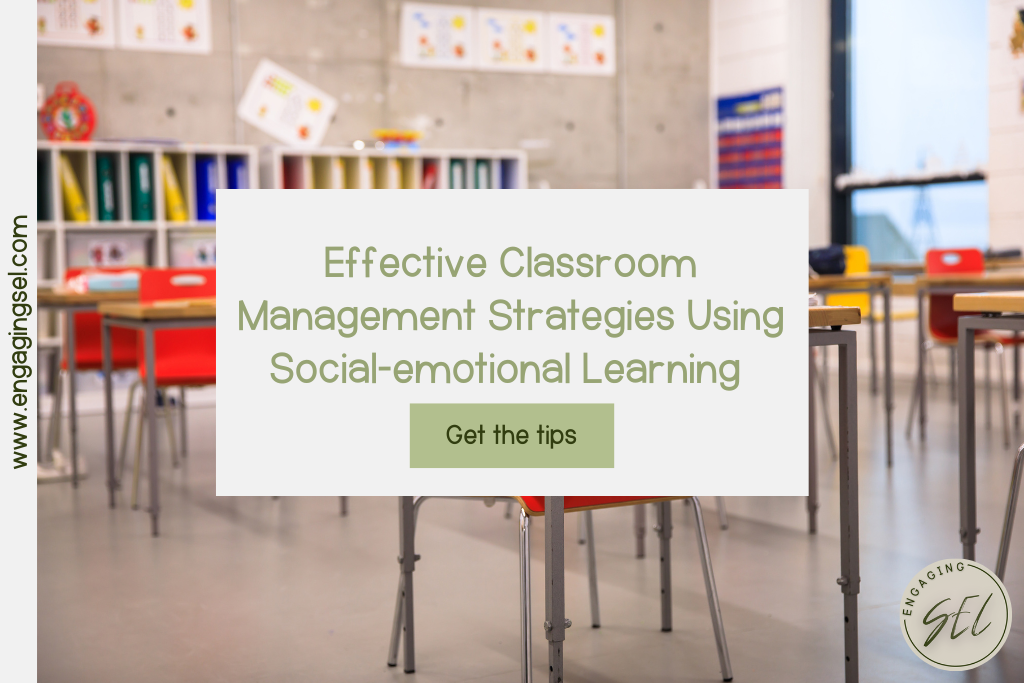
Develop Students’ Emotional Literacy
Emotional Literacy is the ability to identify, understand,express and regulate emotions(Brightwheel). Helping students build their emotional vocabulary will allow them to express their feelings in constructive ways. Emotional literacy supports self-awareness and emotional regulation to help students manage their stress and behavior which decreases behavioral issues in the classroom. Students will have the emotional vocabulary to express themselves
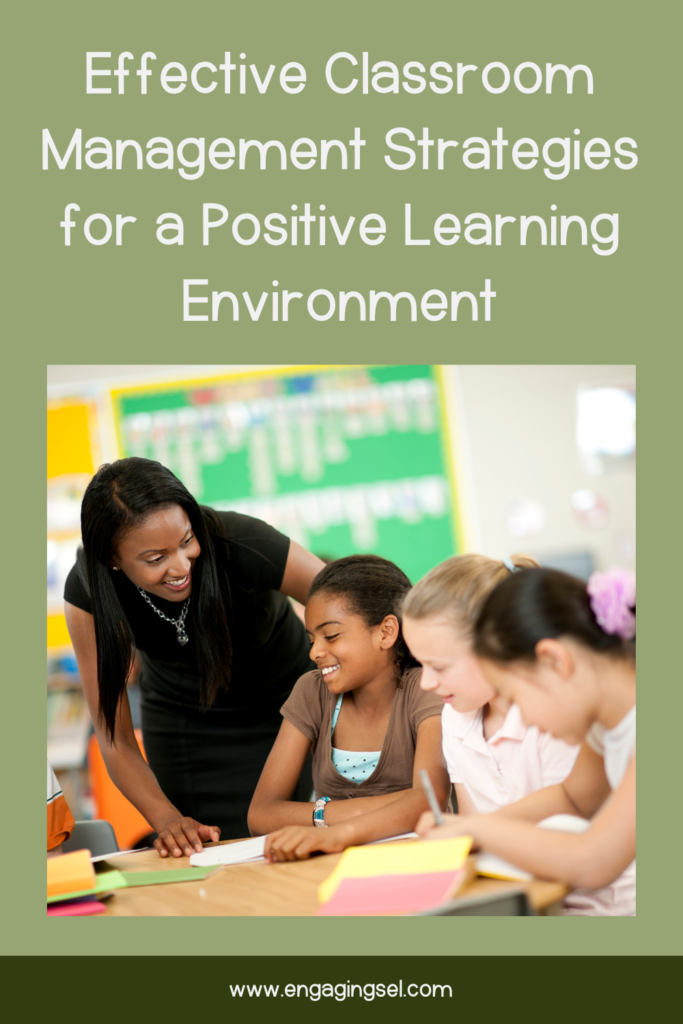
Build Relationships with Students
I am sure you have heard by now that the key to effective classroom management is building relationships with your students and there is a good reason for it, it’s true! Students are more likely to listen to and respect someone who listens to and respects them back. I get asked all the time how I get my students to behave so well and truth be told there is a lot that goes into my classroom management but one thing I rely on time and time again is getting to know my students on a personal level. I take the time to get to know their families as well. Make the effort to get to know your students and it will pay you back tenfold.
Conclusion
Using social-emotional learning as part of your classroom management strategy creates a collaborative learning community while also teaching students essential life skills. Teaching empathy, communication, emotional regulation, and conflict resolution skills creates a classroom environment where students feel safe, and valued and can form positive relationships with their peers. Including social-emotional learning in classroom management is an effective way to create the collaborative classroom environment of your dreams. Comment to let me know which strategy you will be implementing in your classroom.
Mindfully yours,
Alyssa from Engaging SEL


